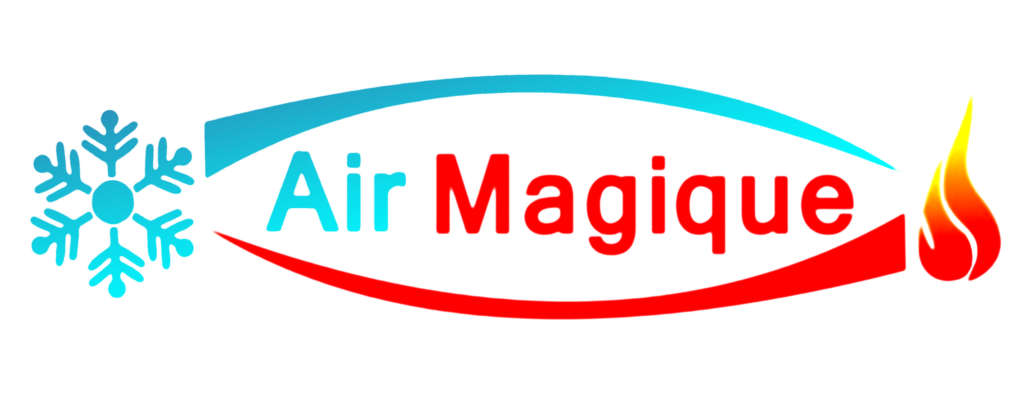Maintaining commercial air conditioners is vital for businesses to ensure optimal performance, energy efficiency, and occupant comfort. A well-executed maintenance plan consists of various key components that work together to keep these systems operating at their best. In this blog post, we will explore the essential elements of commercial air conditioner maintenance, highlighting their significance and providing practical insights for businesses looking to maximize the lifespan and efficiency of their cooling systems.
1.Regular Inspections:
The Regular inspections form the cornerstone of commercial air conditioner maintenance. These inspections involve a comprehensive assessment of the entire system, including the condenser, evaporator coils, filters, electrical connections, and refrigerant levels. By identifying potential issues early on, such as leaks, worn-out components, or refrigerant leaks, businesses can address them promptly and prevent costly breakdowns. Scheduled inspections allow for proactive maintenance, ensuring that the air conditioner operates optimally and minimizing the risk of unexpected failures.
2. Cleaning and Filter Replacement:
Ensuring Efficient Operation Cleanliness is crucial for commercial air conditioners to function efficiently. Regular cleaning of condenser coils, evaporator coils, and other system components removes accumulated dirt, dust, and debris. Additionally, replacing air filters on a regular basis is essential for maintaining proper airflow and preventing clogs that can hinder performance. Clean coils and filters not only improve cooling efficiency but also contribute to healthier indoor air quality by reducing the circulation of allergens and pollutants.
3.Lubrication and Component Maintenance:
Enhancing Performance and Longevity Proper lubrication and component maintenance are key to extending the lifespan of commercial air conditioners. Lubricating moving parts such as motors, bearings, and fans reduces friction, heat buildup, and wear and tear. Additionally, inspecting and maintaining components such as belts, pulleys, and electrical connections ensures smooth operation and prevents unnecessary strain on the system. Regular lubrication and component maintenance enhance performance, reduce the risk of unexpected failures, and contribute to the longevity of the air conditioner.

4.Calibration and Thermostat Checks:
Optimal Temperature Control Accurate temperature control is essential for maintaining a comfortable indoor environment and optimizing energy efficiency. Regular calibration of thermostats ensures that the air conditioner operates at the desired temperature settings. Additionally, checking the accuracy of thermostats helps identify any inconsistencies or malfunctions that may impact temperature control. Properly calibrated thermostats contribute to precise temperature management, preventing energy waste and ensuring occupant comfort.
5.Professional HVAC Services:
HVAC technicians possess the knowledge, expertise, and specialized tools necessary to conduct in-depth inspections, diagnose complex issues, and perform necessary repairs or replacements. Partnering with HVAC professionals ensures that maintenance activities are carried out accurately and efficiently, maximizing the effectiveness of the maintenance plan and minimizing the risk of costly AC repairs in the long run.
Conclusion:
Maintaining commercial air conditioners requires attention to the key components that make up an effective maintenance plan. Regular inspections, cleaning, and filter replacement promote efficient operation, while lubrication and component maintenance enhance performance and longevity. Calibration of thermostats ensures optimal temperature control, while seeking professional AC services provides expertise and assistance for more comprehensive maintenance tasks. By incorporating these key components into their maintenance routines, businesses can extend the lifespan of their air conditioners, optimize energy efficiency, and create a comfortable environment for occupants.


